A multimillionaire with a bevy of beautiful women constantly at his beck and call, Hugh Hefner must have done something right.
As you know, he’s the man behind Playboy, the publication that changed the face of men’s publishing forever. Having turned a little magazine into a global corporation worth an estimated $500 million, there’s an awful lot about business that we could all learn from him. Here are the key lessons Hef has taught us:
Related:
What every business could learn from Red Bull
7 business tips to learn from mafia films
What makes Apple the world’s number one brand?
Don’t be a pushover
If Hugh Hefner was a pushover, there would be no Playboy. Why? Because in January 1952, a young Hef was working as a copywriter for Esquire and he thought he deserved a raise. He wasn’t asking for much - just $5 - but his boss was not willing to budge an inch, and denied him the salary increase.
Hefner’s next step was a simple one. He handed his notice in, left the company and began working on an idea to launch his own publication, which incidentally went on to do rather well…
Take risks
Hefner’s first big risk (after leaving his job, of course) was to borrow $8,000 from 45 separate investors in order to finance the opening of Playboy in 1953. As well as the financial risk, Hefner also took a huge chance on the very first issue, when he decided that he would run an infamous nude calendar photo of Marilyn Monroe.
The world-famous actress had posed for the photo before she became a star, and while the fact that the photo existed was common knowledge, no magazine had dared to publish it before then for fear of being prosecuted. However, Hefner knew that if Playboy was going to be a success it needed to push the boundaries, so he went for broke and ran the picture. Sure enough, the first issue was an instant success, selling out its entire print run of almost 54,000 copies. Nowadays a mint-condition copy of the first edition would set you back at least $5,000.
Diversify
Having conquered the publishing world, Hefner could easily have rested on his laurels, content with a successful magazine, but a true entrepreneur always strikes when the iron is hot and Hefner did exactly that, sensing there was an appetite for the Playboy brand as more than just a magazine.
Hefner launched several ventures, expanding the business massively. Some of the projects - a TV programme and two other magazines - failed, but many others succeeded, including a chain of members-only nightclubs and several casinos, which more than made up for the shortfall created by the failed ventures.
Stick to your morals
With the huge success of Playboy, a raft of imitators emerged, all trying to get a slice of the new segment that the brand had created. The likes of Hustler and Penthouse had some success, releasing more and more revealing images and pushing the boundaries even further.
In this situation the most obvious thing to do would have been to go head to head with the new competitors and try to beat them at their own game, but Hefner had other ideas. Instead of compromising his morals and publishing what he considered to be “lowbrow” content, he focused on improving the literary content of the magazine, including articles from esteemed writers such as Tennessee Williams, P.G. Wodehouse and Ken W. Purdy.
Again, this set Playboy apart from the other titles which mainly focused on the nude photos, so the magazine was considered a much more sophisticated option for the young gentleman, rather than a smutty dose of profligate.
Create a strong brand
In 1953, Playboy‘s first art director, Art Paul, reportedly designed the famous Playboy bunny logo in just 10 minutes. Although Paul was the skilled pen master, the creative force was all Hefner. Hef decided he wanted to use a bunny for the logo to differentiate it from other publications, yet he still wanted to keep the element of sophistication so he figured that the bunny should be dressed in a tuxedo.
Two years after the logo was made, the company began marketing cufflinks featuring it - the first of many licensed products to come out of the brand. Today the world-famous Playboy bunny is one of the most recognisable logos in the world, on a par with the likes of global giants Coca-Cola, Nike and McDonalds, and everything from clothing to glassware to jewellery can be bought adorned with that sophisticated little bunny.
Know when to ask for help
The ’80s was a tough year for Playboy Enterprises, as it suffered some serious setbacks, including the closure of a number of casinos, a drop in magazine circulation figures and, in 1985, a stroke for its figurehead, Hefner.
While Hef made a full recovery, it became clear that the company needed a new lease of life, so, in 1988, Hefner stepped down from his role of running the day-to-day operations and handed it over to his daughter, Christie.
Under Christie’s leadership, the magazine picked up thanks to the inclusion of a more diverse range of topics, and the company grew as a whole with the launch of a premium TV channel and a paid-for website.
Today the business continues thrive, enjoying its place as one of the biggest privately owned media and lifestyle companies in the world, an it stemmed from one man’s vision: Mr Hugh Marston Hefner.









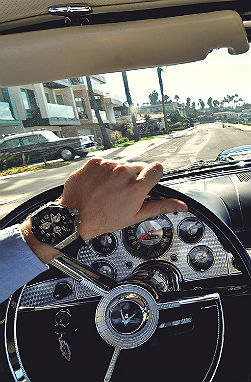

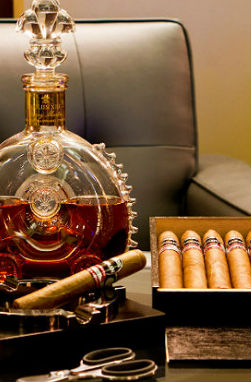




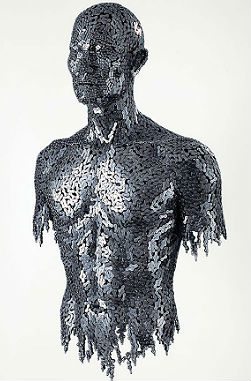
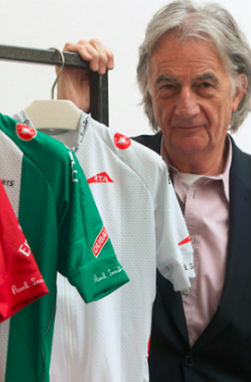
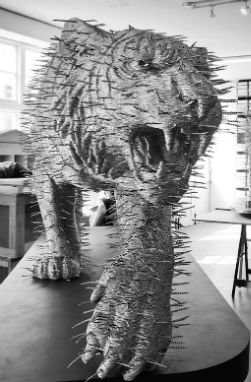





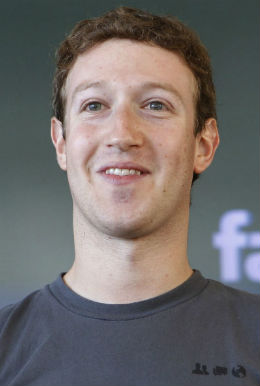




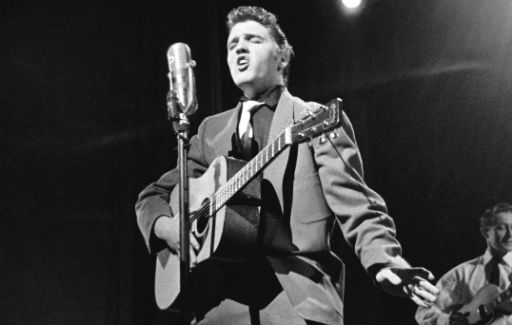



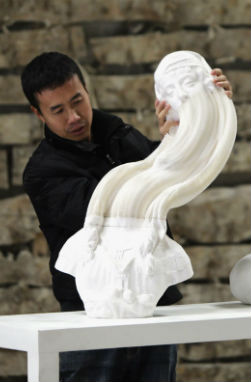


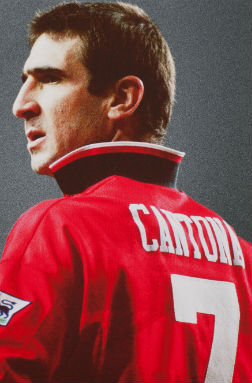



SHARES
Comments